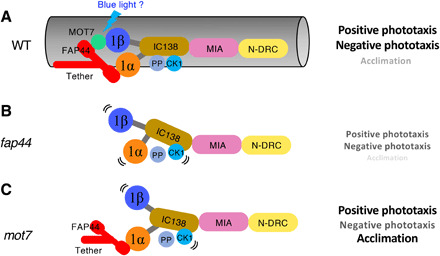Fig. 5. Schematic model of MOT7-mediated avoidance of blue light acclimation.

(A) In WT Chlamydomonas flagella, the motor activity of IAD f/I1 is regulated by the proper arrangement of motors and regulatory components, such as the tether complex, protein kinase CK1, and protein phosphatase PP1/2A. The molecular interactions among these components are essential for positive and negative phototaxis and suppression of light acclimation. MOT7 links the 1β motor domain and the tether component FAP44, regulating the motor activity for avoidance of acclimation to strong blue light. (B) The fap44 mutant lacks the entire tether structure but shows both positive and negative phototaxis, although these responses are weak compared with the WT strain. The lack of the tether complex decreases the binding of CK1 to the doublet microtubule, causing hyperphosphorylation of IC138. (C) In the mot7 mutant, the link between the 1β motor and the tether complex is missing, although that between the 1α motor and the tether complex is present. IC138 is constitutively hyperphosphorylated due to decreased binding of CK1 to the microtubule. The mutant shows both positive and negative phototaxis but becomes acclimated to strong light. The extent of three photoresponses is indicated on the right. The motility regulation of the two flagella during positive phototaxis is associated with anchoring of the 1α motor, but not 1β motor, to the tether complex and not related to dephosphorylation of IC138. Negative phototaxis does not require the tether-f/I1 connection or regulation of IAD f/I1 activity by IC138 dephosphorylation. Regarding the acclimation to strong blue light, MOT7-mediated binding of 1β motor to the tether complex is required for unbalanced flagellar beating, which prevents the cells from swimming toward the light source. The anchoring of 1α by the tether structure is thought to promote light acclimation.
